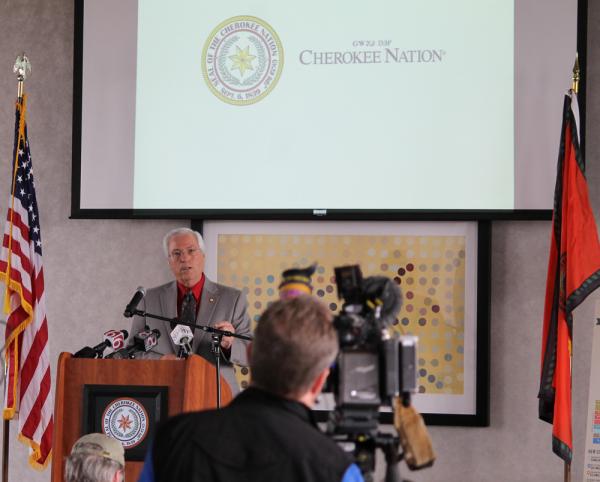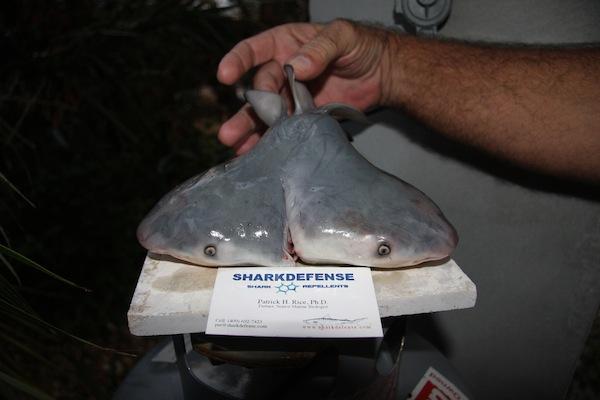Source: Indian Country Today Media Network
The Bureau of Indian Affairs issued a final report in February endorsing a large, off-reservation casino and hotel development for the Spokane Tribe in eastern Washington, but observers of Indian gaming say this doesn’t quite mean the tribe can start up the earth-movers.
The project requires both federal and state approval, and only five tribes across the U.S.—including the neighboring Kalispel Tribe, which is opposing the Spokane on this project—have been granted such two-part permission for off-reservation gaming in the 25 years under the Indian Gaming Regulatory Act.
In addition, the Spokane’s quest to build a casino close to the city of Spokane, which has nearly 500,000 people in its greater metro area, has encountered strong opposition from groups that say what’s good for the Spokane would be bad for them. This includes the Kalispel, whose Northern Quest Resort & Casino is less than four miles away on trust land, and local business groups that fear the new casino could destroy the regional economy if it endangers the area’s largest employer, Fairchild Air Force Base. The Spokane Tribe’s property is about two miles from the base, which has raised concerns about encroachment of flight paths, potentially making Fairchild vulnerable to a future round of base closures by the federal government.
The BIA, in its final environmental impact statement, gives lengthy rebuttals to the encroachment issue, noting that Fairchild officials—as well as the United States Air Force—participated in joint land-use planning efforts and concluded the Spokane’s casino and hotel development does not pose a significant safety threat to the base. In addition, Spokane Tribal Chairman Rudy Peone and others say Fairchild is short-listed as one of the bases that could house the new Boeing KC-46 military aerial refueling and strategic transport aircraft. Supporters of the Spokane’s casino see this as a vote of confidence against closure.
Opponents of the proposed casino in Spokane County government and regional business say the BIA has not fully addressed the encroachment concerns and plan to keep fighting, likely lobbying new Washington Governor Jay Inslee or the Department of Interior’s Secretary-nominee Sally Jewell, who is the chief executive officer of the Seattle-based outdoor gear retailer, REI. They say 5,000 jobs at Fairchild are too significant to the local economy to risk for a casino project. “Communication now is really critical for people who want to get their voice heard,” says Rich Hadley, president and CEO of the pro-business group, Greater Spokane, Inc., which opposes the Spokane’s
The project would include retail space.
proposal. Hadley and Spokane County officials previously stated that the 30-day comment period on the Final environmental impact statement, which ended March 4, was too brief. After a request from Representative Cathy McMorris Rodgers, (R-Washington), writing on behalf of the county, the BIA has extended the comment period to May 1. The Spokane Tribe wrote the agency to say it did not oppose the extension.
Still, Hadley said opponents will likely focus their attention on Jewell (if appointed) and Inslee. So, “when you think about who do you communicate with, you are probably naming them,” Hadley adds.
Ben Stuckart, president of the Spokane City Council, counters, “I really think a lot of the opposition boils down to economic encroachment. I don’t think that’s ever a reason to oppose a project that will bring jobs and alleviate poverty.” The city council split four to three to oppose a new casino. Spokane’s mayor, David A. Condon, is also an opponent.
Examination of the proposal—for which gaming would grow to 2,500 electronic gaming machines, 50 table games and 10 poker rooms—now goes to the BIA’s Office of Indian Gaming and, ultimately, to the Assistant Secretary—Indian Affairs at the Department of Interior, before the feds release a Record of Decision, an open-ended review process which is expected to take months. The proposal is for more than just a casino. The Spokane Tribe Economic Project also includes a 300-room hotel, several restaurants ranging from fast food to fine dining, a standalone big-box retail site along with a shopping mall, a 10,000-square-foot tribal cultural center and a tribal police and fire station.
The big issue for the BIA will be weighing benefits to the Spokane against harm to the Kalispel, several observers of Indian gaming say. On the benefit side, the casino will rescue the tribe’s economy, says Peone, citing roughly 50 percent unemployment in recent years and reduced funding to tribal services as once-robust timber contracts have shriveled. So has income from two small casinos—among the first in Washington—in the decade since Northern Quest has opened on the outskirts of Spokane. The Spokane Tribe’s two casinos are each an hour’s drive or more from the city. “It’s a no-brainer,” Peone says of gamblers going to Northern Quest. “So we really had a lot of cuts.”
On the harm side, the Kalispel have risen from dire poverty thanks to Northern Quest, which has recently undergone a $210 million expansion. The tribe, which has closed its enrollment at roughly 425 members since the casino opened, has constructed a wellness center and helps members with housing, health care and education. It also is robustly funding language preservation and other initiatives.
The Spokane Tribe, “should be encouraged,” that the BIA endorsed the full Class III gaming-plus-hotel-plus-retail option in the final environmental impact statement, says Ron Allen, longtime chairman of Washington’s Jamestown S’Klallam Tribe and chairman of the board of the Washington Indian Gaming Association. But, he adds, “When a tribe already has a casino and they want another location, a better location, the bureau takes that into serious consideration.” Also, Allen says, protection of a gaming tribe’s debt load is a significant and fairly new consideration for the BIA when weighing the risks of another tribe’s entry into the market.
The Kalispel Tribe, which did not agree to interviews for this story, has made protection of its revenue stream from Northern Quest a central argument against the Spokane Tribe’s proposal.
In a prepared statement, the Kalispel cite the conclusions of two third-party market-analysis firms: “[If] the Spokane Tribe is allowed to move forward with their proposal, it would devastate our tribe’s ability to provide services, such as health care and education, to our members, and we submitted comments to the BIA demonstrating that harm.”
Northern Quest is the Kalispel’s only method of funding tribal services, Chairman Glen Nenema has pointed out in letters to the BIA. He and others note the Kalispel reservation is small, remote and that much of it is a floodplain, severely restricting commercial opportunities.
Patrick D. Rushing is mayor of the city of Airway Heights, located between the Kalispel’s Northern Quest and the Spokane Tribe’s 145-acre site. He is enthusiastic about both projects. He says he’s optimistic about the chances of a new casino, citing a December 11 and 12 visit by Interior’s Assistant Secretary, Indian Affairs, Kevin Washburn. “He went out and looked at the Kalispel Tribe’s reservation and all of the improvements that were made and went through Northern Quest and saw all this nice stuff. The next day, he went out to Two Rivers and Wellpinit [on the Spokane reservation] and on to the Chewelah casino and could see the vast difference,” Rushing recalls.
In its impact statement, the BIA devoted an appendix to addressing the Kalispel contentions that a new casino will reduce its revenues by as much as 50 percent and will not expand the market. A report by the New Orleans–based Innovation Group in the final Environmental impact statement disputes this, offering many examples around the country of a new casino entering a market and all casinos seeing increased revenue.
Peone vows that the Spokane will develop the site with or without gaming. “We recently had our 132nd year since we’ve been placed on the reservation. I view that as survival. We’ve been here for thousands and thousands of years and we will remain. We will survive.”
Read more at http://indiancountrytodaymedianetwork.com/2013/03/29/casino-battle-why-opposition-spokane-tribes-anti-poverty-plan-148438
 Easter may be a few days away, but on March 29th kids at the Tulalip Montessori School got an early visit from the Easter Bunny.
Easter may be a few days away, but on March 29th kids at the Tulalip Montessori School got an early visit from the Easter Bunny.






















